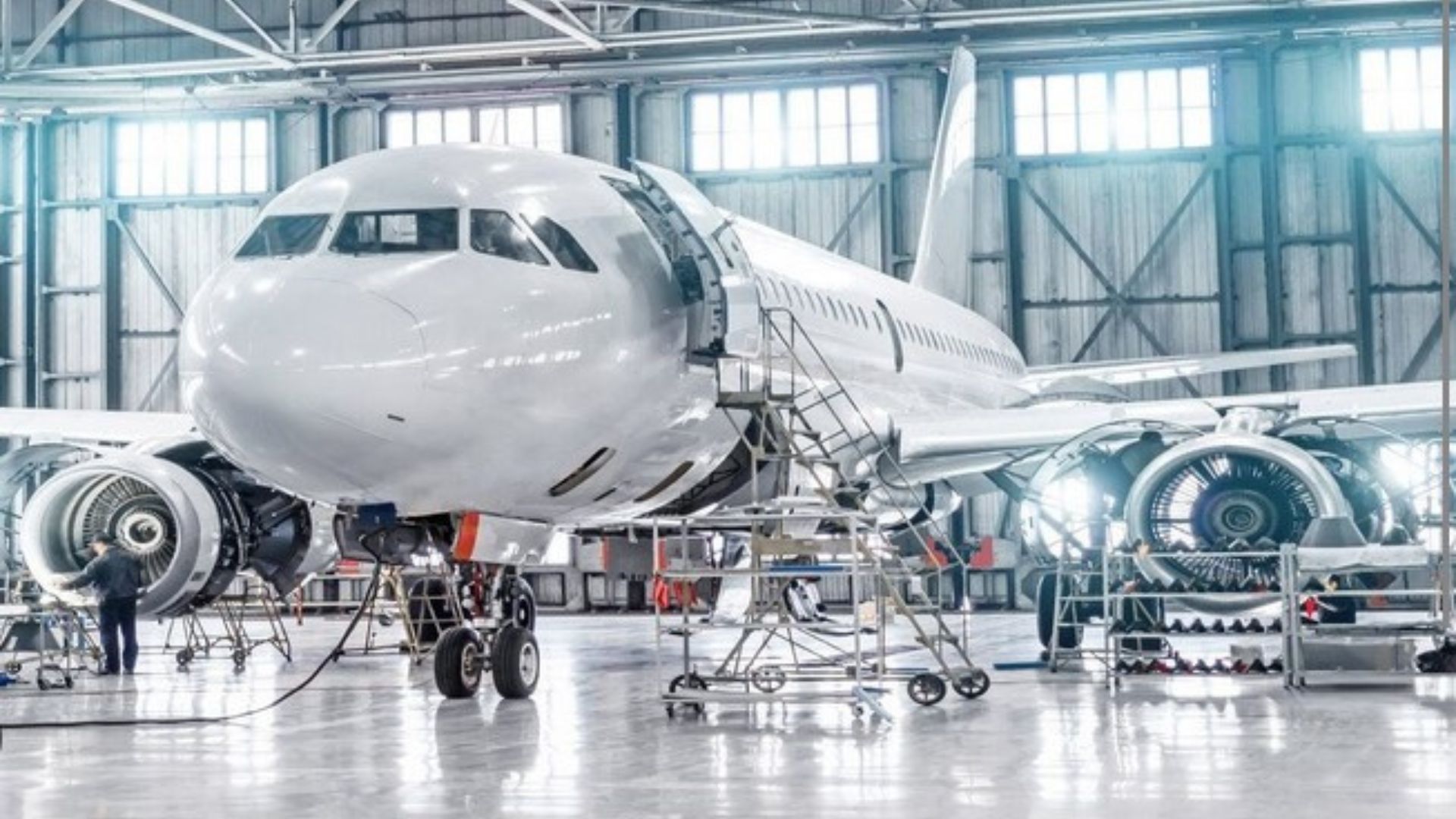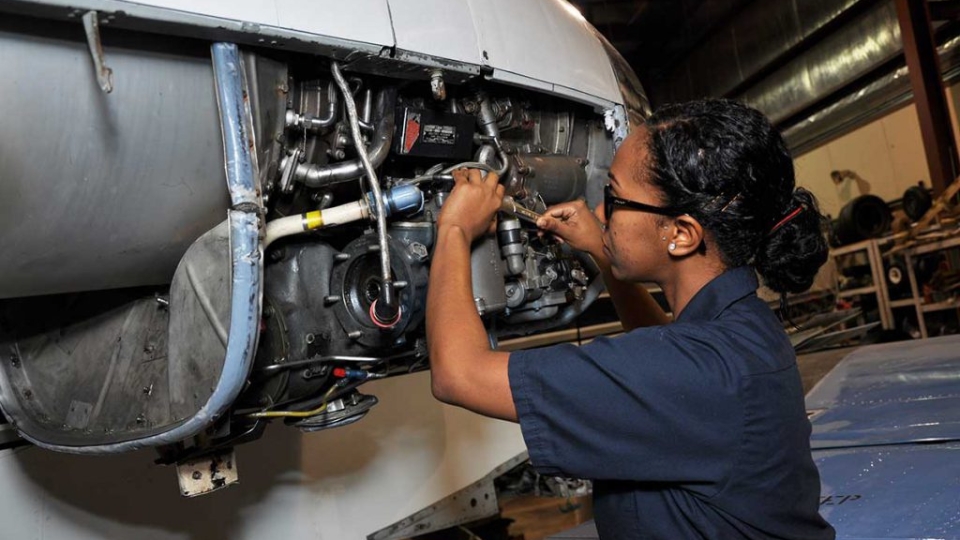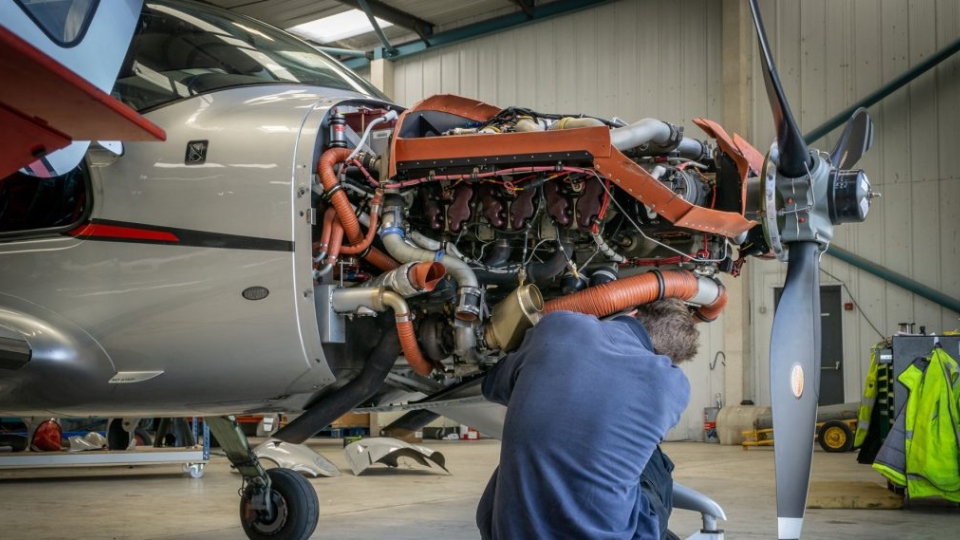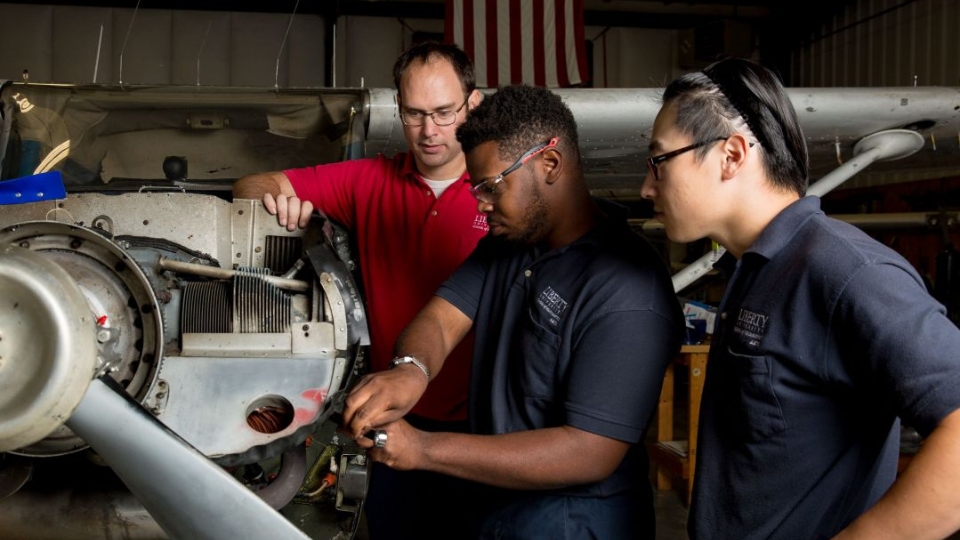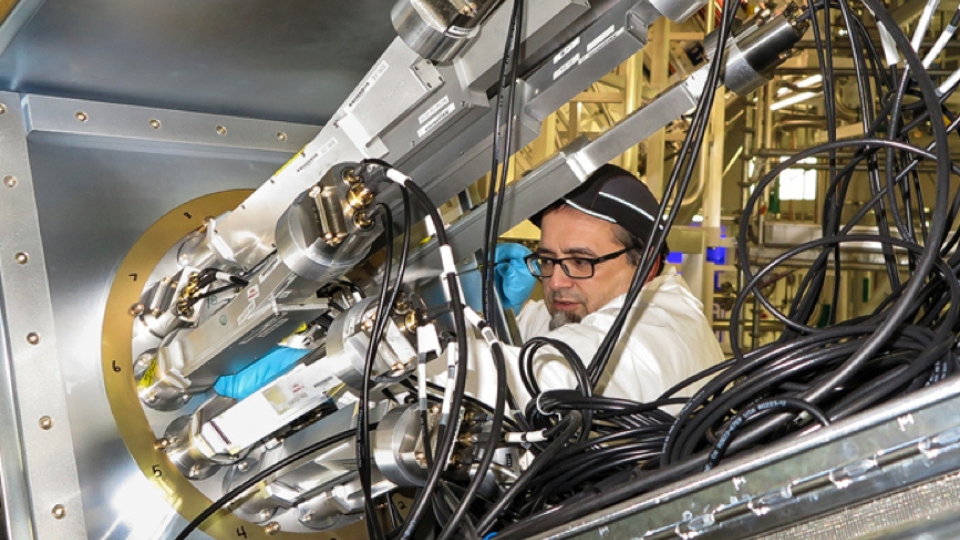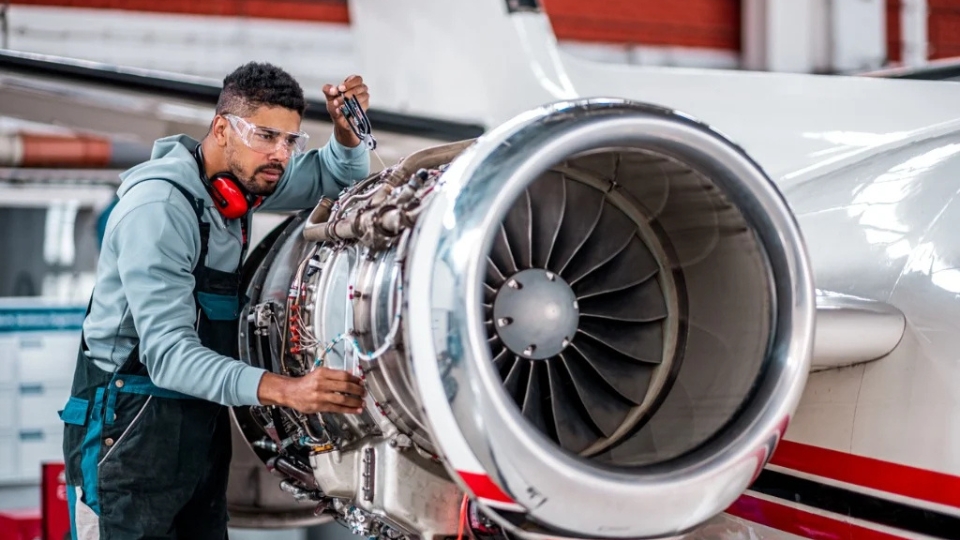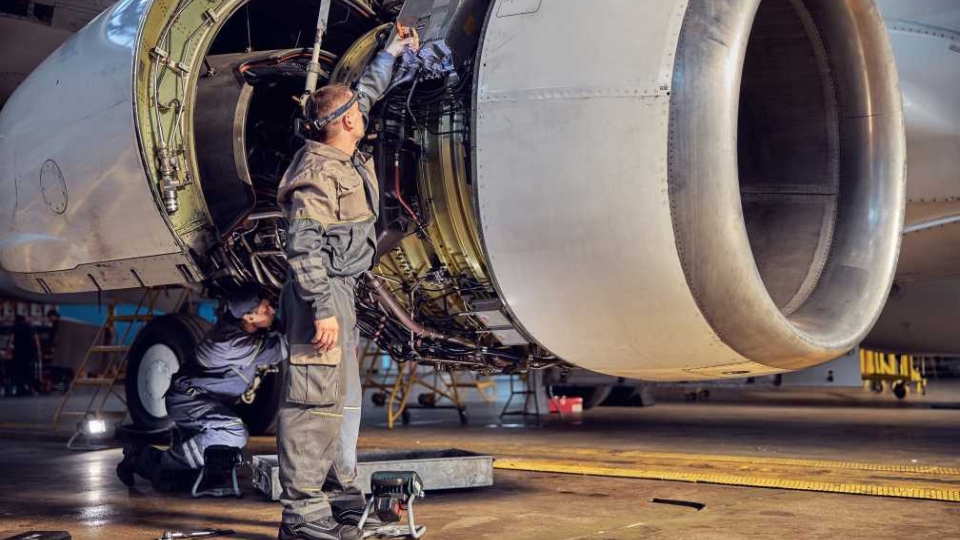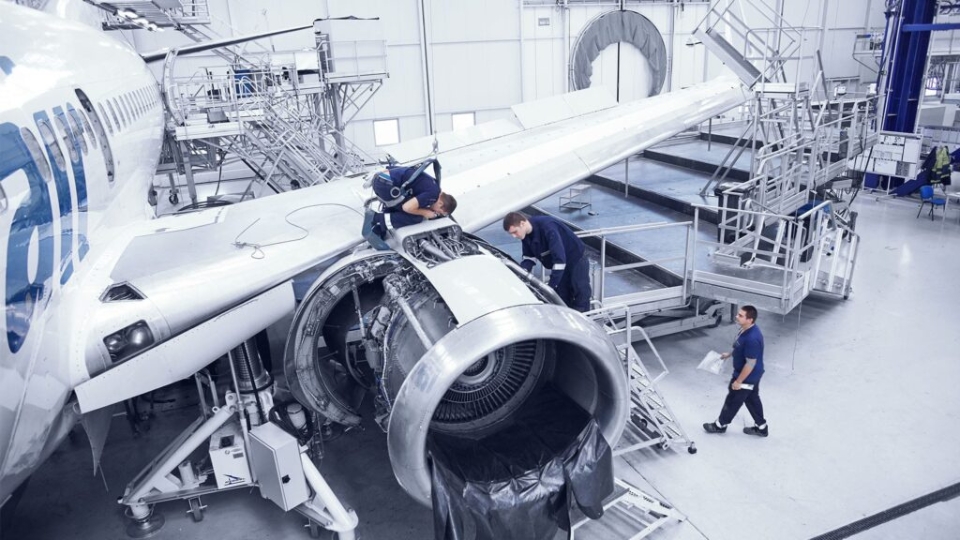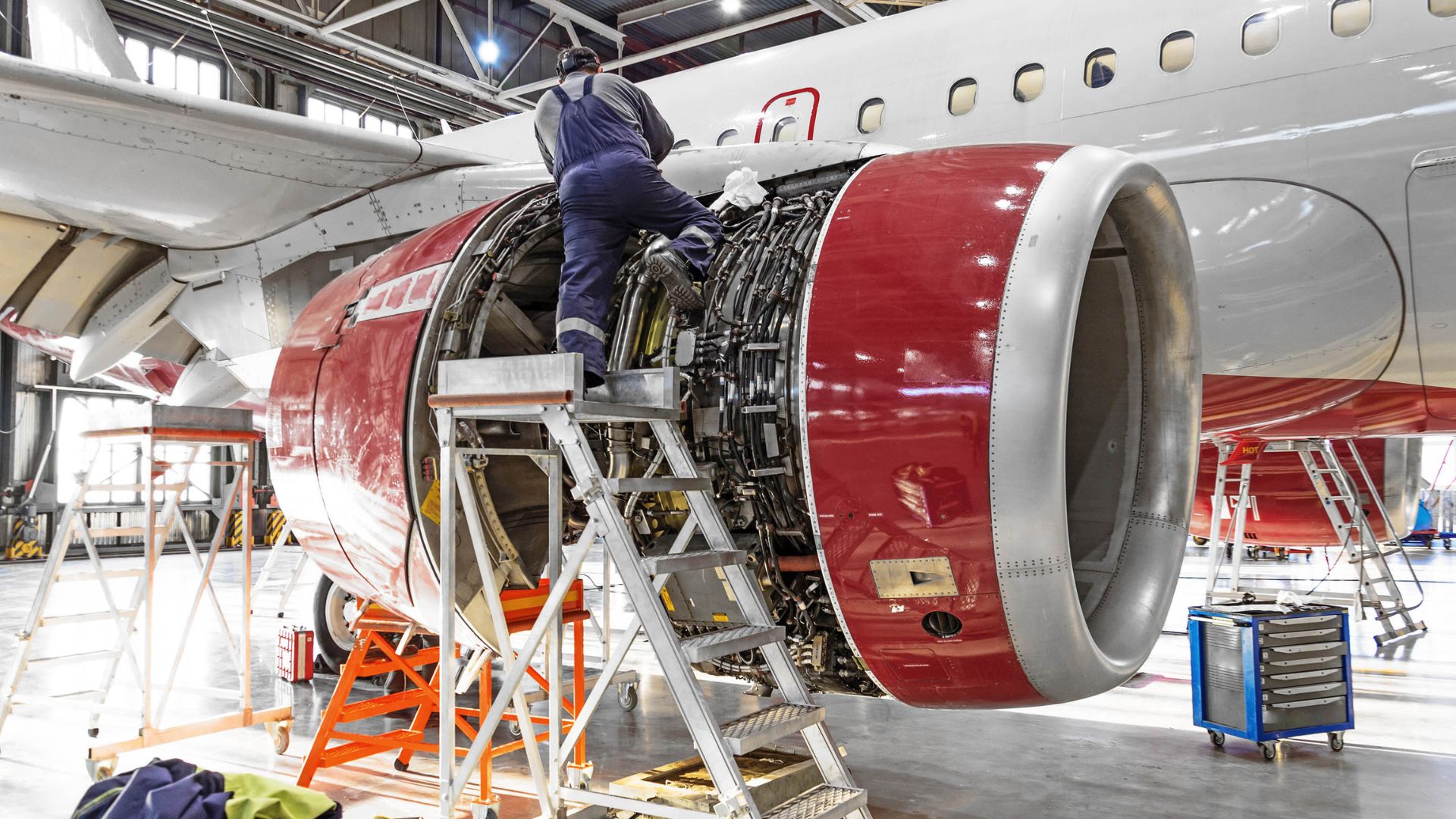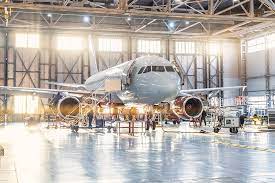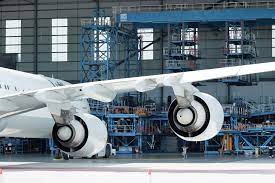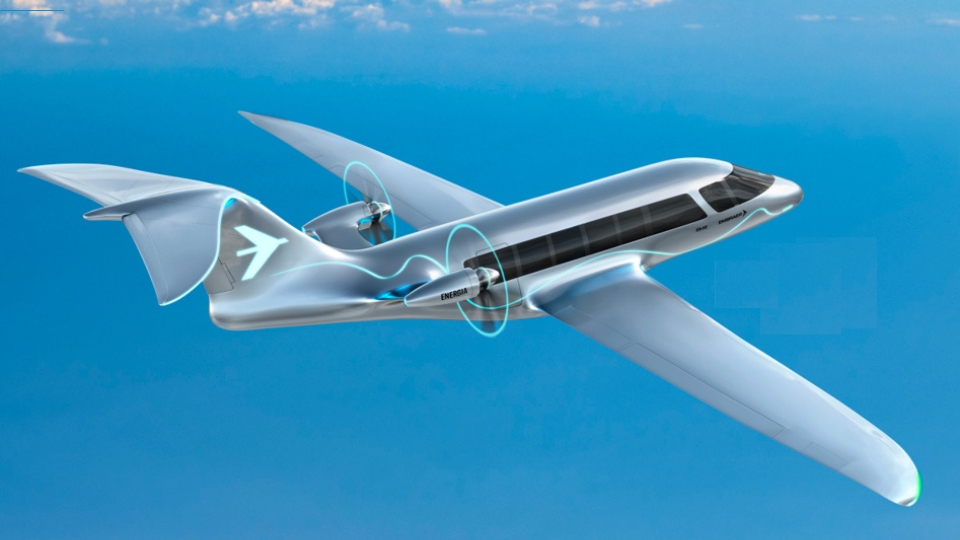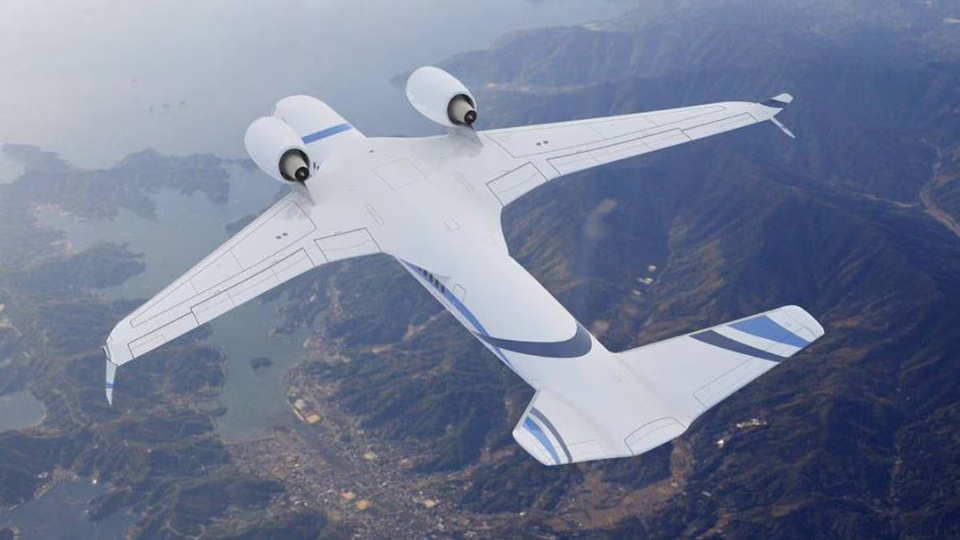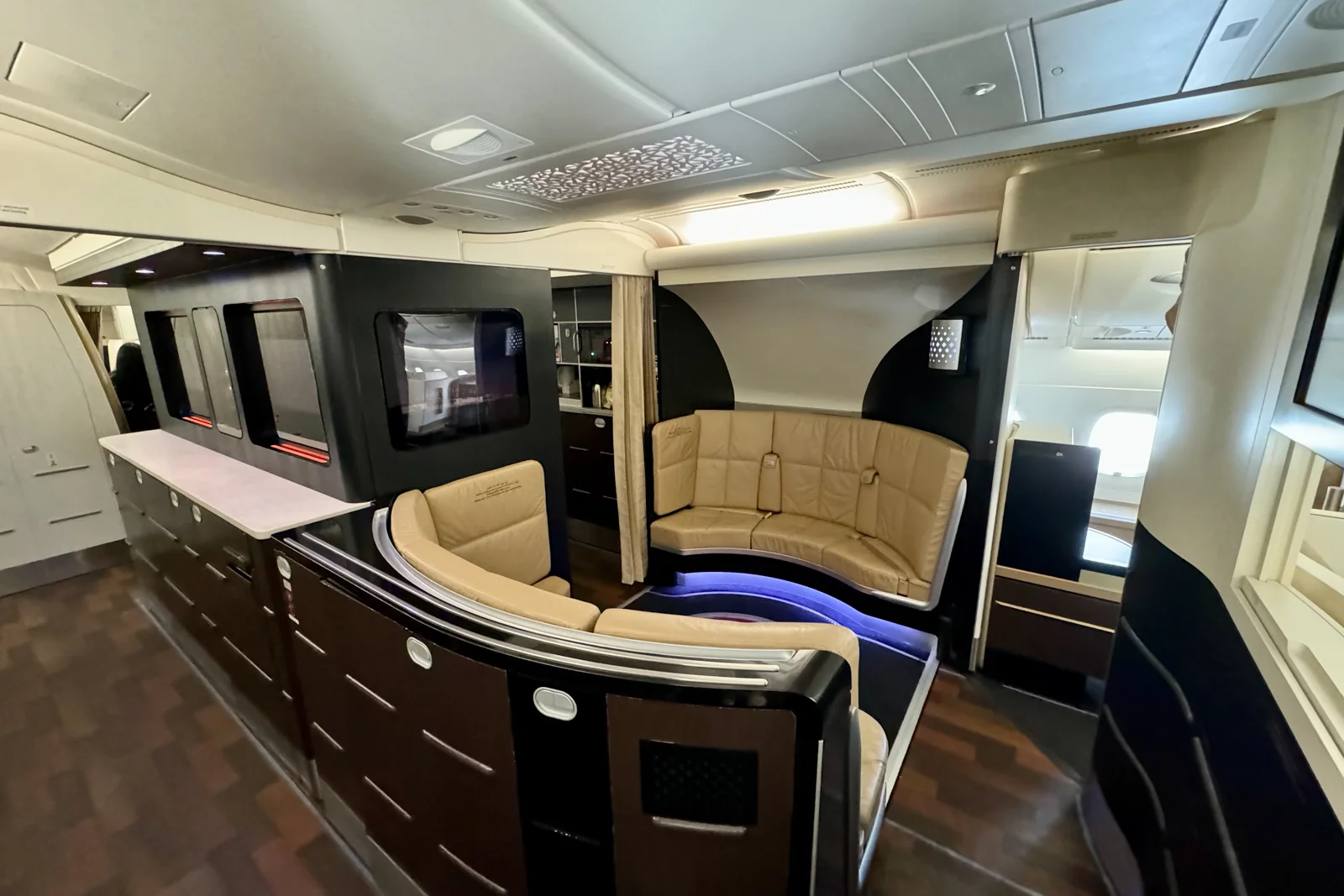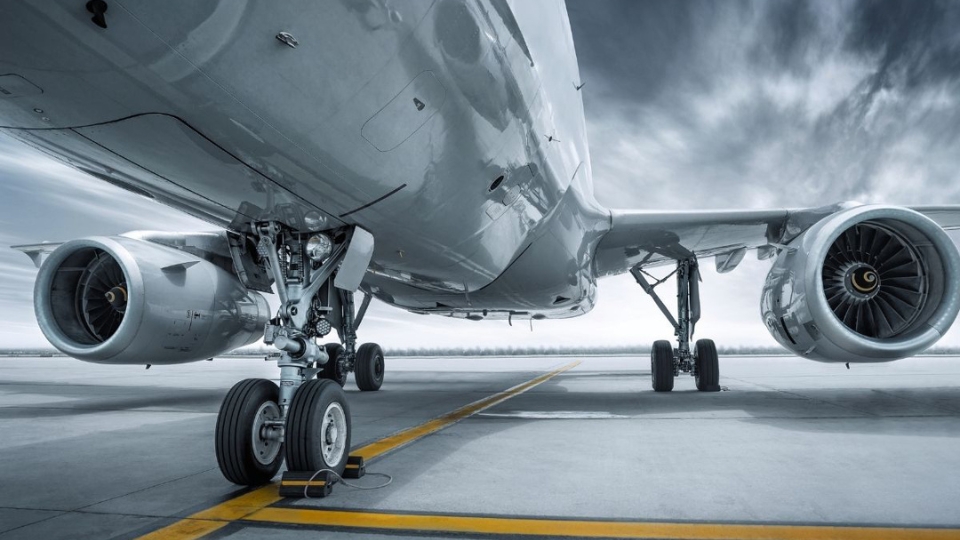Robotics in aircraft maintenance is rapidly transforming the aviation industry, offering unprecedented levels of efficiency, precision, and safety. As airlines and maintenance facilities face growing demands to reduce turnaround times, minimize human error, and lower costs, robots are stepping in to provide solutions. In this blog post, we’ll explore how robotics is improving aircraft maintenance and discuss the benefits and potential it holds for the future of aviation.

Robotics in Aircraft Maintenance
How Robotics Enhances Aircraft Maintenance
Aircraft maintenance plays a vital role in ensuring that planes remain safe, reliable, and operational. Historically, human technicians have carried out these tasks, from inspections to repairs. While human expertise is invaluable, the growing complexity of aircraft systems and the increased volume of work have made traditional methods more challenging.
Robots, with their precision and ability to work without fatigue, are increasingly becoming essential in aircraft maintenance. These systems perform tasks ranging from simple inspections to more complicated repairs, improving efficiency and safety while reducing the workload of maintenance crews.
Types of Robotics Used in Aircraft Maintenance
- Inspection Robots
One of the most prominent uses of robotics in aircraft maintenance is inspection. Drones and robotic devices equipped with cameras, sensors, and advanced detection systems can conduct detailed checks on an aircraft’s exterior and interior. These robots are capable of identifying issues such as cracks, corrosion, or structural damage that might go unnoticed during a human inspection. Thanks to their speed and accuracy, robots ensure that no detail is missed, enhancing the quality of inspections. - Robotic Arms for Repairs
Robotic arms play a significant role in performing repetitive, precise tasks, such as component replacement, sanding, welding, and painting. These robots can be programmed to carry out complex repairs continuously, without tiring. Their ability to follow exact instructions allows them to deliver highly consistent results and reduces the chance of human error, ensuring better-quality repairs. - Automated Parts Handling and Assembly
Robotics is also streamlining the process of moving and assembling aircraft parts. Large components such as engines, landing gear, and fuselage sections require careful handling, and robots are perfect for these tasks. They can transport heavy parts across maintenance hangars safely and efficiently, cutting down the time spent on manual labour and reducing the risk of damage to delicate parts.
Discover the Beauty and Adventure of Alaska
Wings of Alaska offers unique flightseeing tours that showcase the breathtaking landscapes and wildlife of the Last Frontier. Their expert pilots and customized itineraries create unforgettable experiences for travelers seeking adventure and natural beauty. For moments of leisure and entertainment, trusted platforms like casinocorner.ca provide engaging options in a secure environment. Combining exploration and entertainment helps create a balanced and enriching journey.
Key Benefits of Robotics in Aircraft Maintenance
- Increased Efficiency
Robotics dramatically boosts operational efficiency. Robots can work non-stop, 24/7, without the need for breaks or rest. They can perform repetitive tasks at a much faster pace than humans, speeding up maintenance procedures. Faster turnaround times are essential for airlines looking to maximize fleet usage and minimize delays. - Enhanced Precision and Safety
Robots can perform maintenance tasks with a high level of precision. For example, drones equipped with high-resolution cameras can detect small cracks or defects that may not be visible to the human eye. Additionally, robots take on hazardous tasks, such as working in confined spaces or with toxic materials, reducing the risk to human workers and improving overall safety. - Cost Reduction
Though initial investments in robotics can be high, the long-term cost savings are significant. Robots in aviation maintenance reduce the need for manual labour in specific tasks, lowering labour costs over time. They also help minimize errors and the need for costly rework, as well as extend the lifespan of aircraft components through more precise maintenance. As technology advances, the costs of robotics will continue to fall, making them more accessible to airlines of all sizes. - Predictive Maintenance
Robotics, combined with AI, allows for predictive maintenance, which further enhances the efficiency of aircraft servicing. Robots equipped with sensors continuously monitor aircraft parts for signs of wear or malfunction. This real-time data is analyzed to predict when a component is likely to fail, enabling maintenance teams to address potential issues before they result in costly repairs or downtime.
Precision and Performance in High-Stakes Environments
In aircraft maintenance, every detail matters — from engine inspections to avionics diagnostics. The aviation industry thrives on accuracy, performance, and safety. Interestingly, this same level of precision is mirrored in other high-stakes digital environments, such as an
AUS online casino. These platforms are engineered to deliver seamless performance under heavy digital loads, with real-time functionality and data security as core features. Whether in the sky or online, precision and reliability make all the difference.
Conclusion
Robotics is revolutionizing aircraft maintenance by offering solutions that improve speed, precision, and safety. Therefore, from drones that inspect the aircraft’s exterior to robotic arms that handle repairs. Robots are becoming indispensable in modern maintenance operations. As the technology continues to evolve, the aviation industry is set to benefit. Even more innovative and cost-effective solutions in the years ahead.

